|
17th February 2022 It's a Thursday night and we're round Simon's for some gaming goodness. The game of the night was Star Wars: Outer Rim. Turns out that playing a scoundrel in an open world Star Wars game ain't like dusting crops. What's in a game?
Regardless of whether it's practical or not, the semi-circular board looks like eye-catching. From an art perspective, it's clear that they've used some photo-referencing from the films for some of the illustrations and I think that's fine, it still looks like good artwork and means the game wisely eschews using actual photos anywhere. The quality of the art is good. Star Wars: Outer Rim uses quite a lot of iconography, for stats, for factions, on the dice etc. Fortunately, much of it is pretty clear and self-explanatory, it requires little referencing to the rulebook. This is helped by the use of tags which is easily understood. How's it play? Setup
On to play In Star Wars: Outer Rim players take on the role of outlaws, bounty hunters and scoundrels, the general scum and villainy of the galaxy I guess and the objective in Star Wars: Outer Rim is to acquire fame. There are varied paths to achieve this. collecting on bounties, delivering goods and other tasks or jobs that will occur during the game. In their turn, the active player will perform actions in 3 phases before play moves on clockwise. These phases are Planning, Actions and Encounter.
Endgame Play continues until the any player reaches 10 fame, the game then immediately ends and they are considered the winner. Overall
I haven't covered the entirety of the rules here but even so, from the perspective of complexity, Star Wars: Outer Rim isn't too bad or that complicated. You move a few spaces, perform actions, have an encounter and that's it. There are a number of situational exceptions (Mostly coming from cards that are drawn.) that need remembering though, players will want to pay close attention to their playing area to know what they'll be good at, paying attention to their tags in particular. The game also possesses some RPG aspiration here and makes use of very light RPG system, there's no XP as such but characters and ships can be levelled up after completing their goals. Having said that, the rules will probably be a little too convulsed for non-gamer types. I don't think that this is a game for Star Wars fans wanting a board game to play. It feels more like a board gamers who want a Star Wars game to play, which is not a thing necessarily bad and honestly, there's going to be a bit of crossover between the 2 groups. Because of the fairly open nature of the game, it's quite hard to describe what players will expect and strategies they might employ. Players will likely acquire jobs, encounters, bounties etc randomly to some extent, this will require them to adapt their strategies. Optimisation, picking up and completing jobs while working towards other jobs is vital here, as this finding the most efficient route across the map, The board's unusual shape essentially funnels travel along 2 or 3 routes. All of this is provided of course, that all the pieces fall in the right place. This would include watching how patrols move and the reputation players have with their respective factions. There are also other paths to accruing fame points such as fighting patrols. Players will also look to gain crew, improved ship and mods. Additionally, there's nothing to stop players fighting other players, in fact, the game may sort of encourage this as circumstances ay put one player's bounty aboard another player's ship. I'm not sure how I feel about Star Wars: Outer Rim. One aspect that irks me is the entirely different set of mechanics used for skill tests and combat. Another is the shape of the board. For an open world game players are in essence limited to the choice of going one way or the other, clockwise or anticlockwise. Yes. the board looks good and perhaps it makes sense within the context of the Star Wars setting but ,t feels like it's been done to nudge players to undertake tasks in a certain order, all in the name of game balancing or game play. I also found the game a little unengaging. I think this was down to a mixture of what felt like a long downtime between turns and frequently slightly unexciting turns. And as with a lot of open world games that sort try to implement a go-anywhere-do-anything theme. It feels like a bit more of an effort than it's worth. I wonder if it wouldn't be better to get a player to gamemaster an actual table top RPG instead.
0 Comments
Leave a Reply. |
AuthorI play, I paint. Archives
March 2024
Categories
All
|

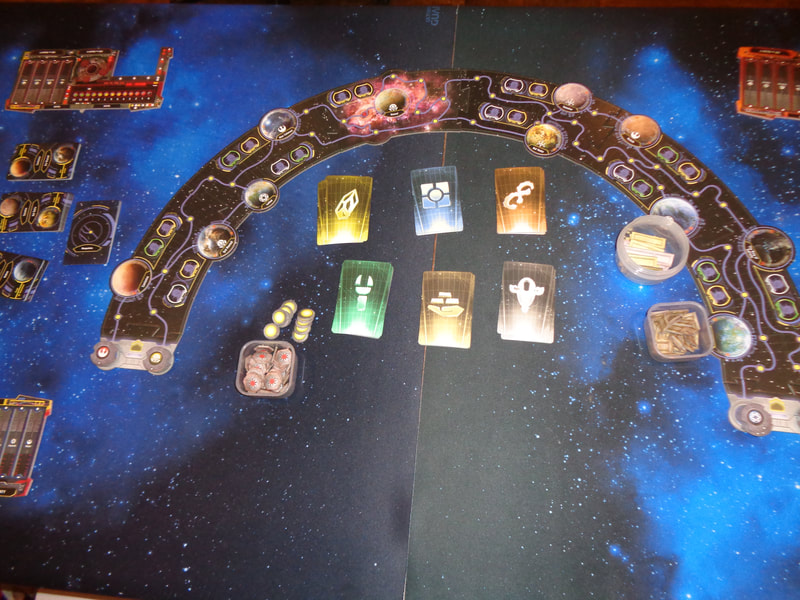
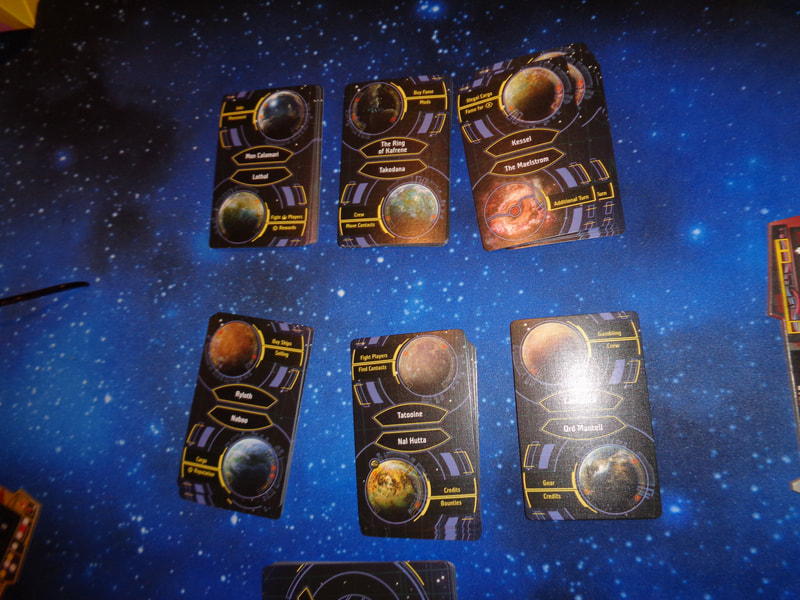
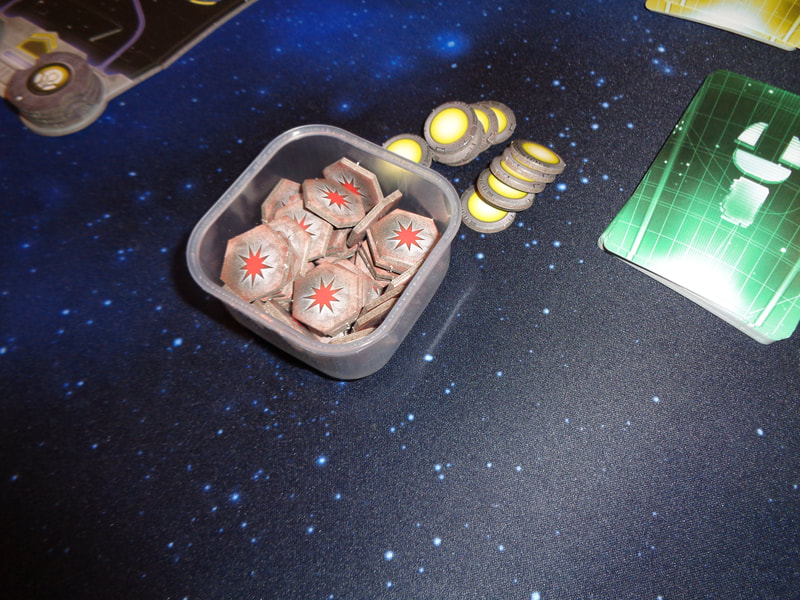
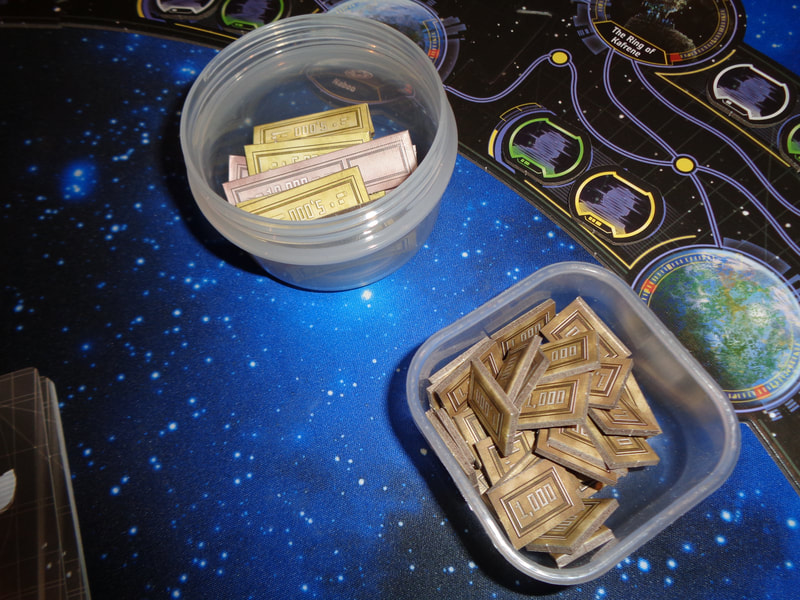
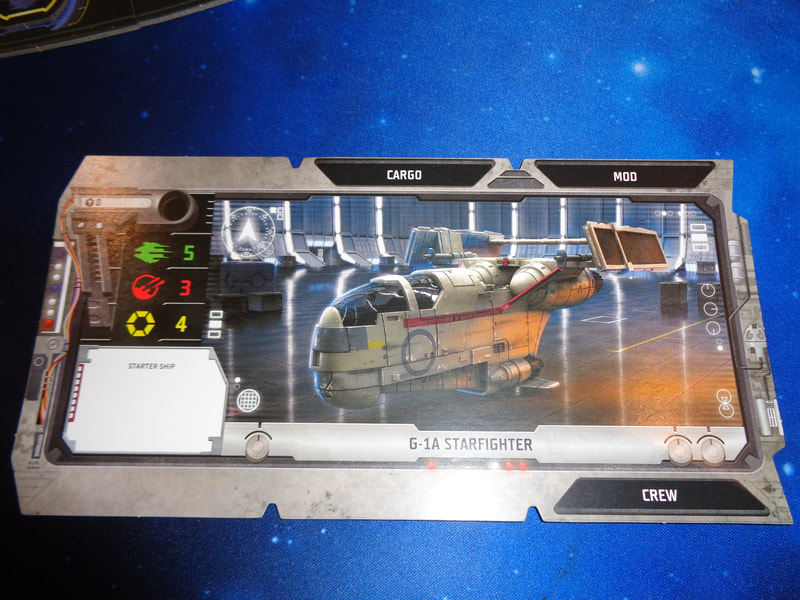
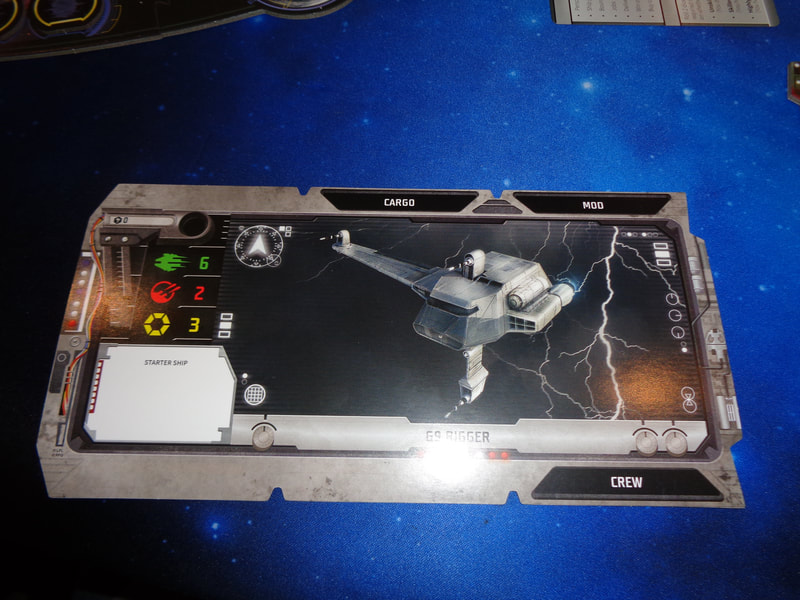
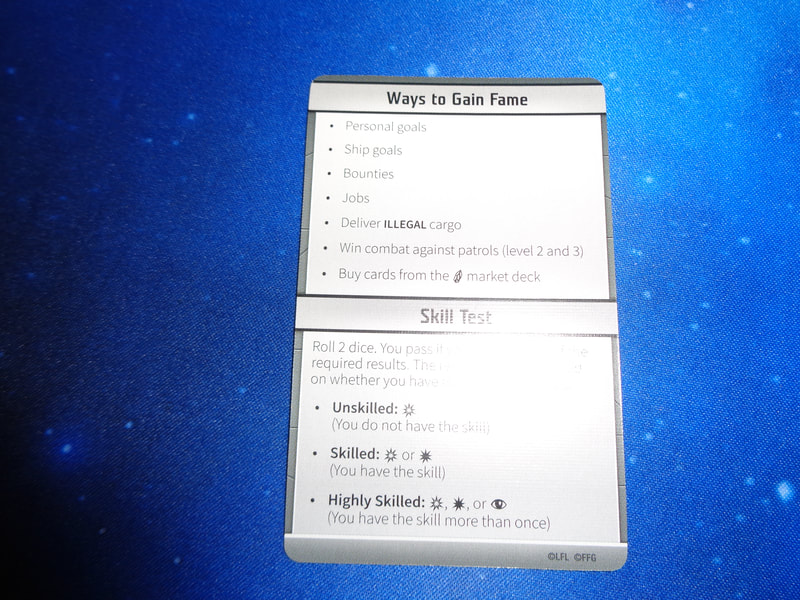
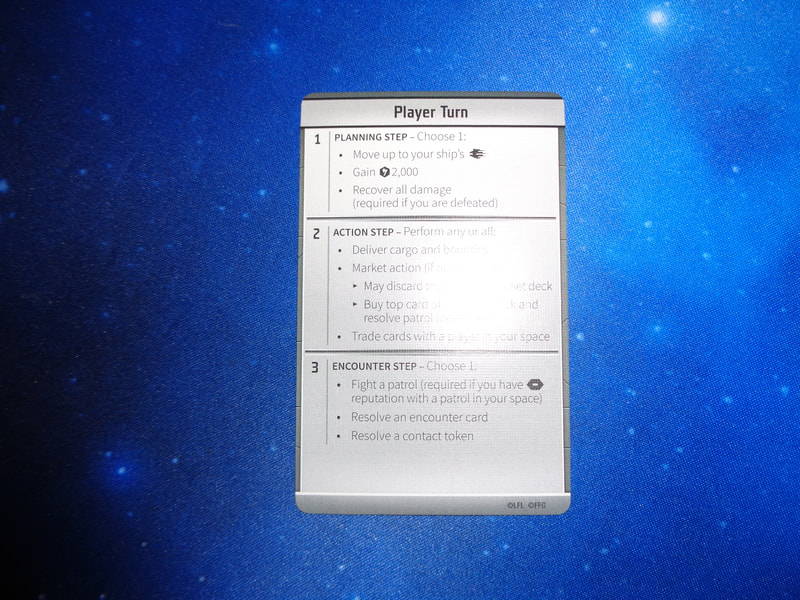
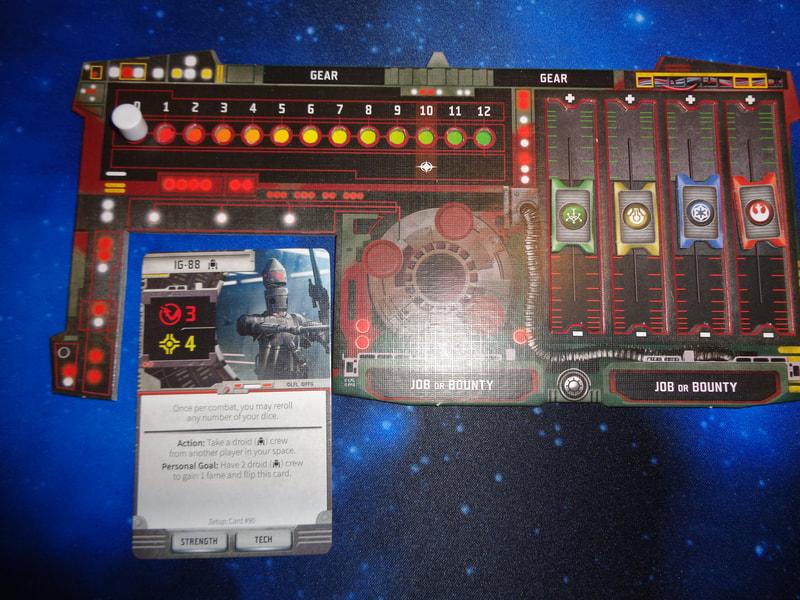
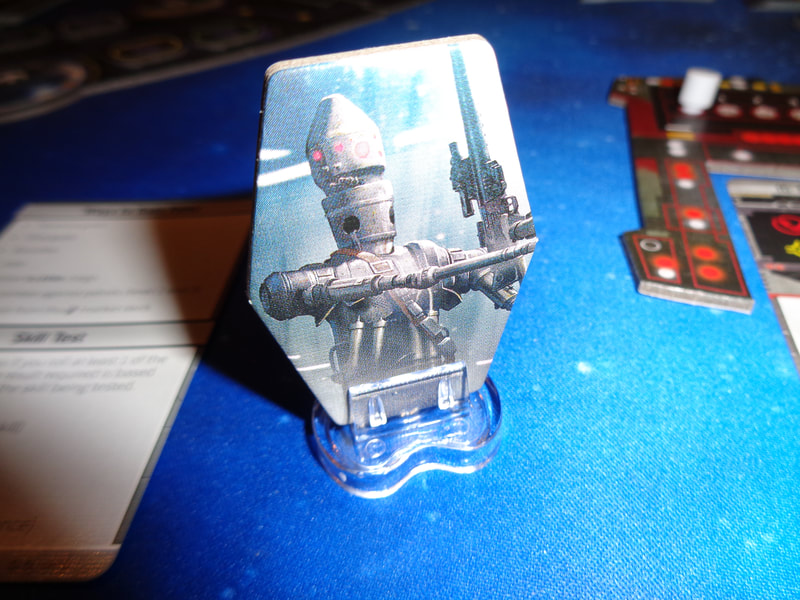
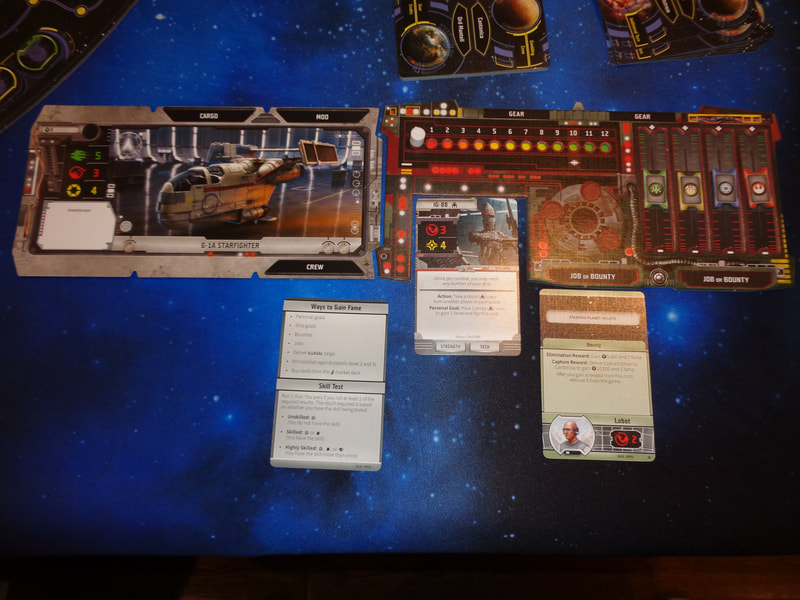
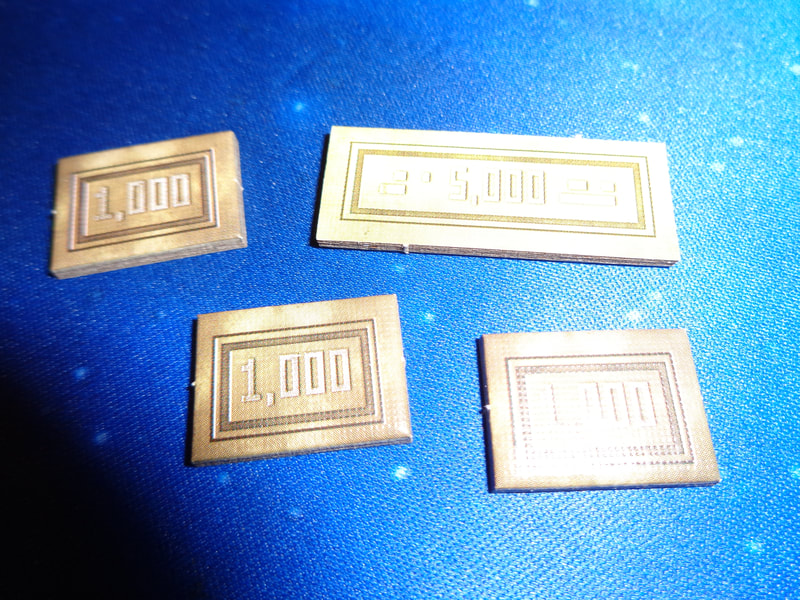
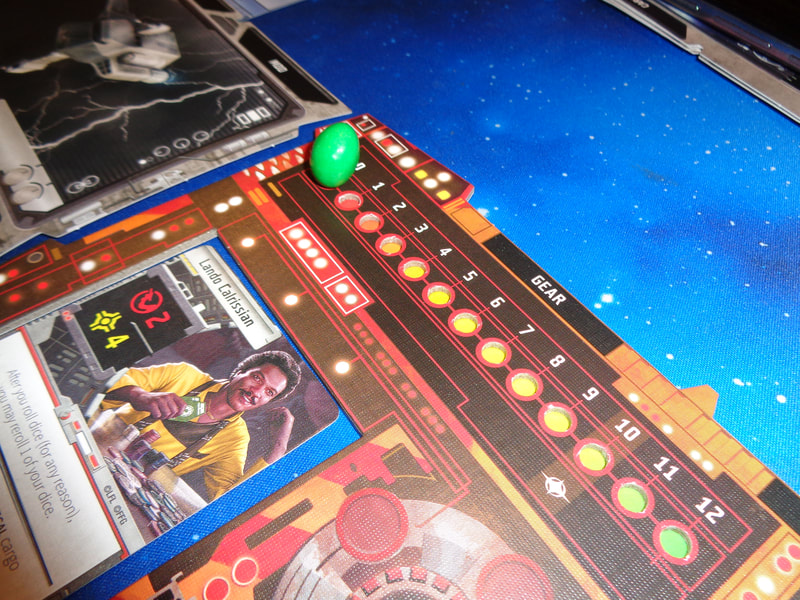
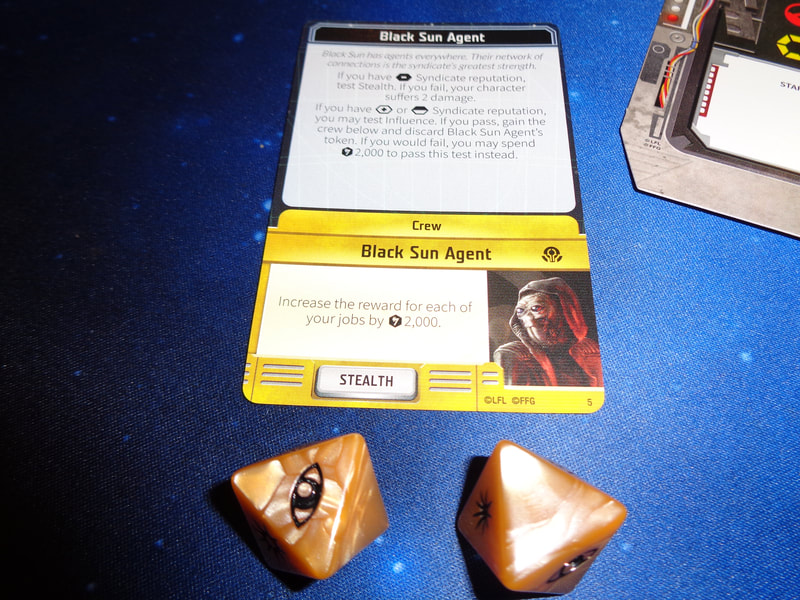
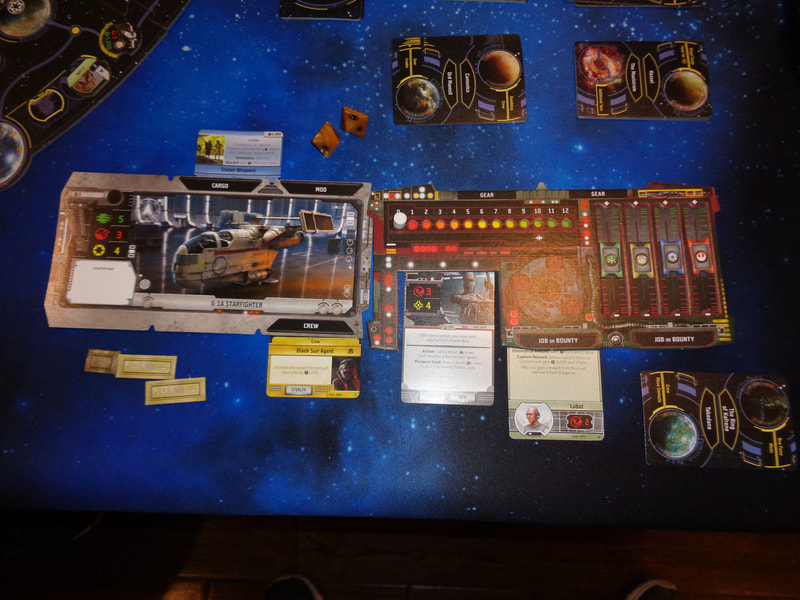
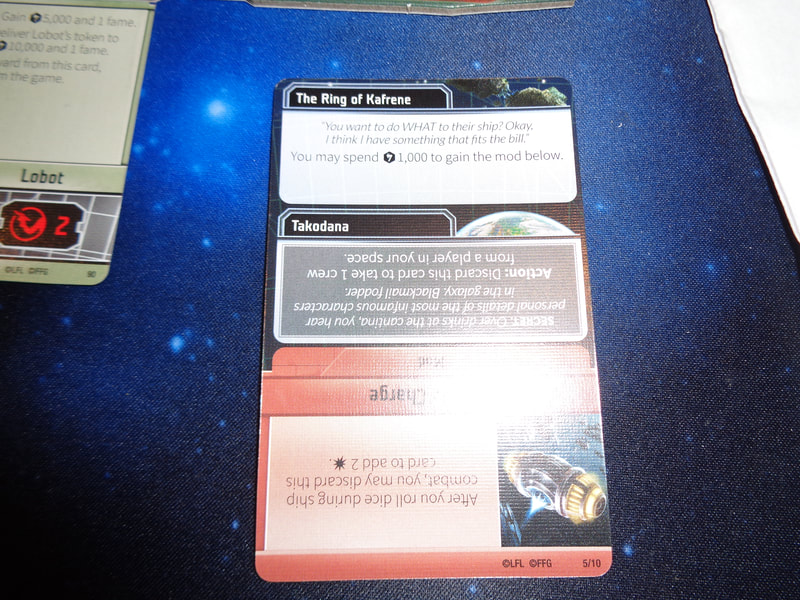
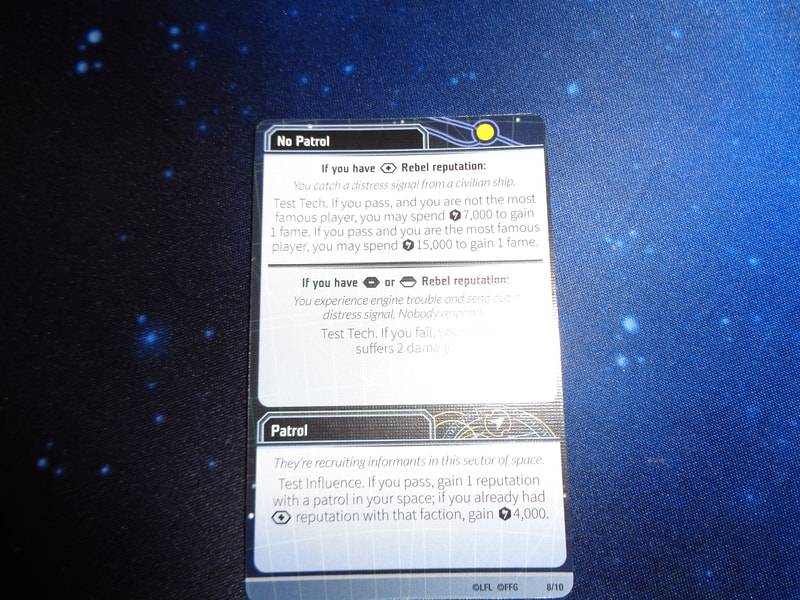
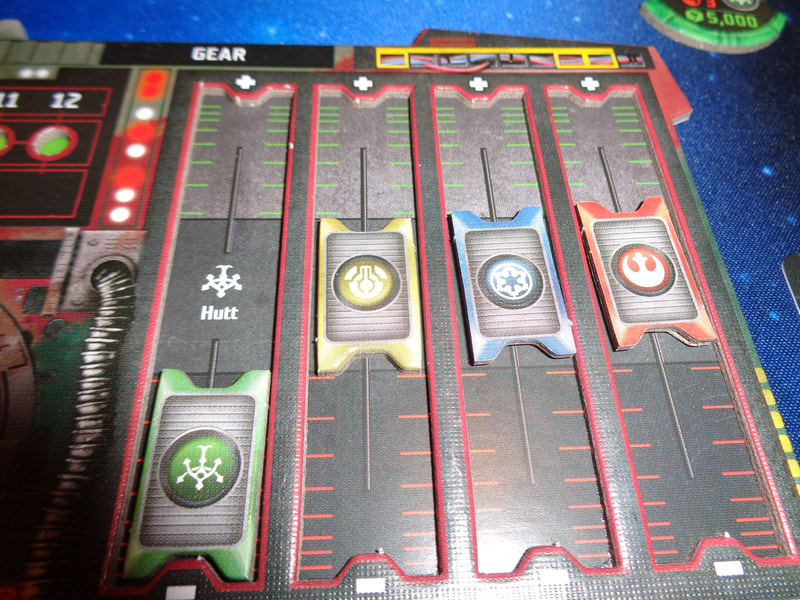
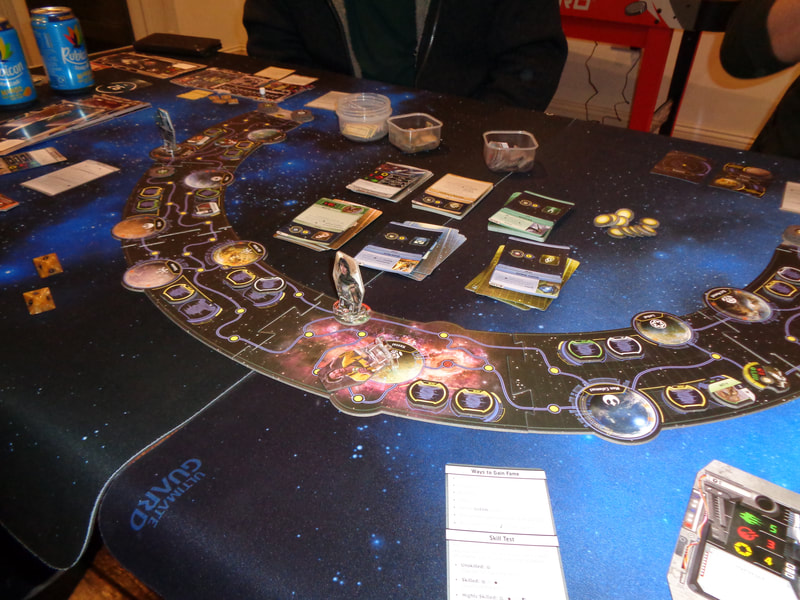
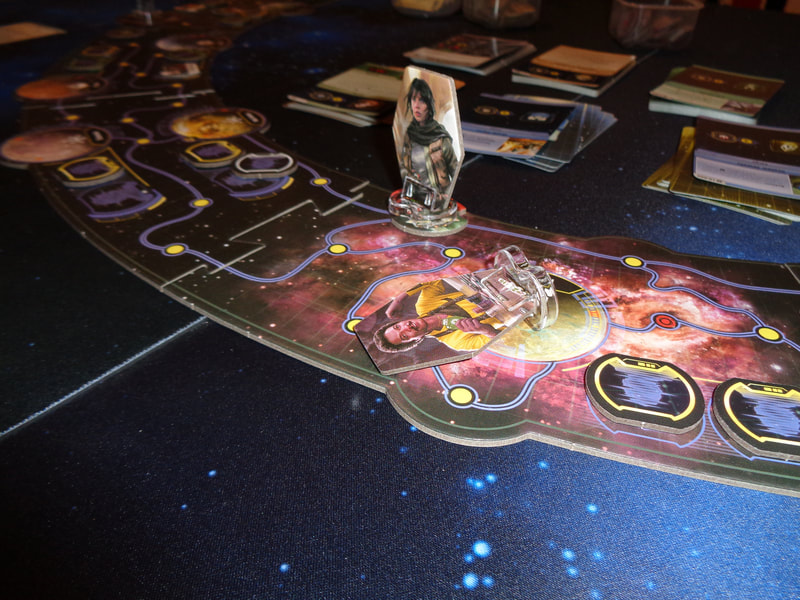
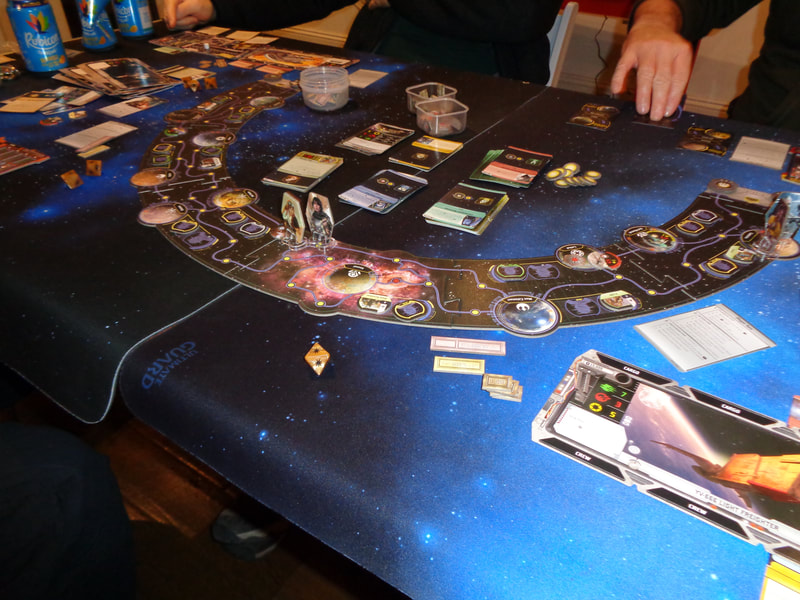
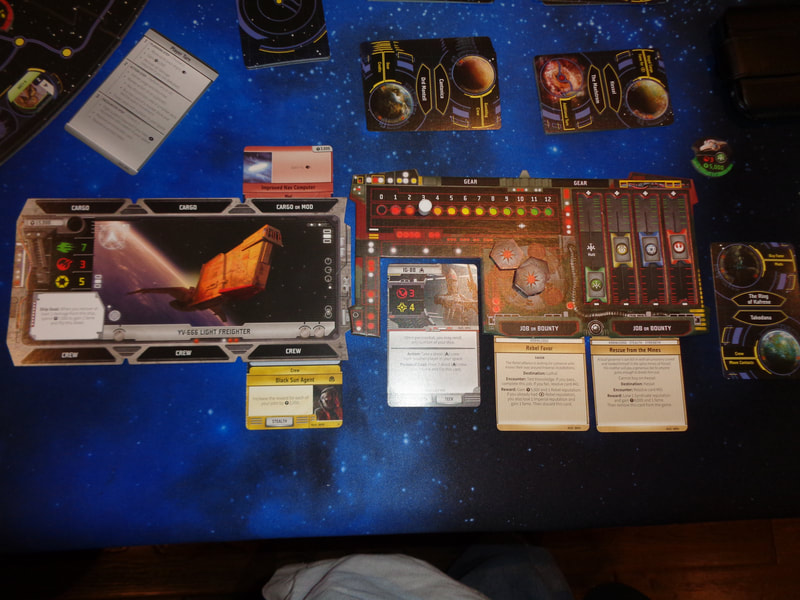
 RSS Feed
RSS Feed
